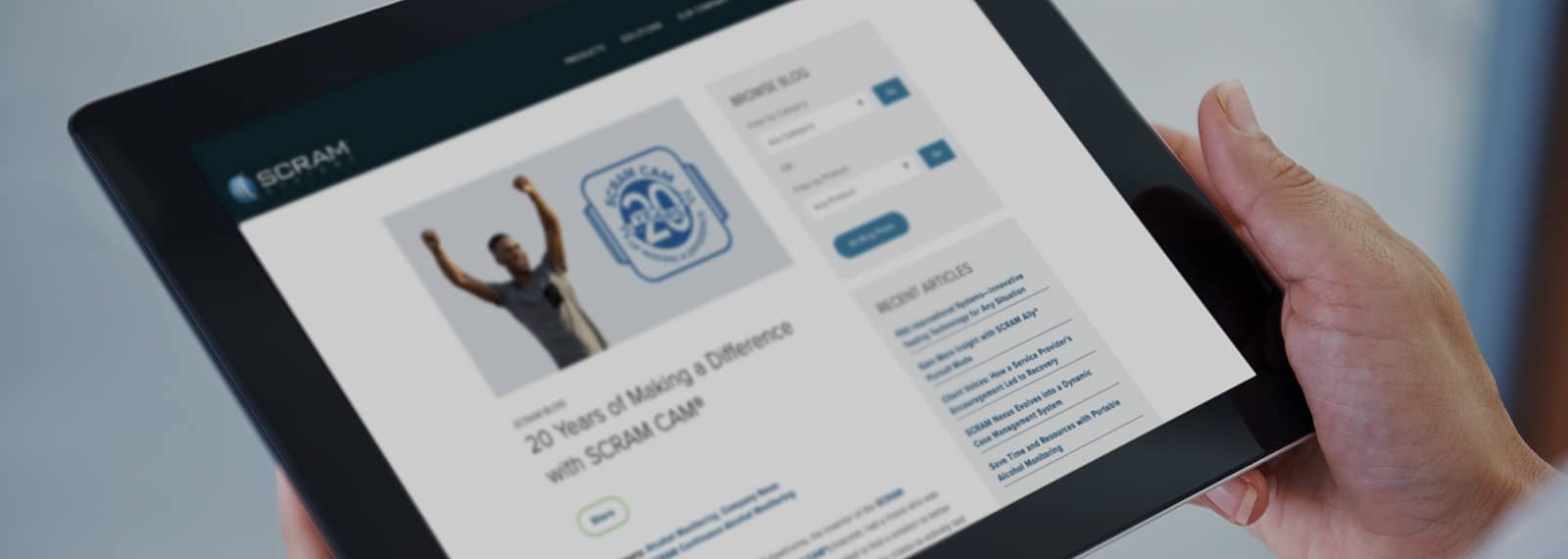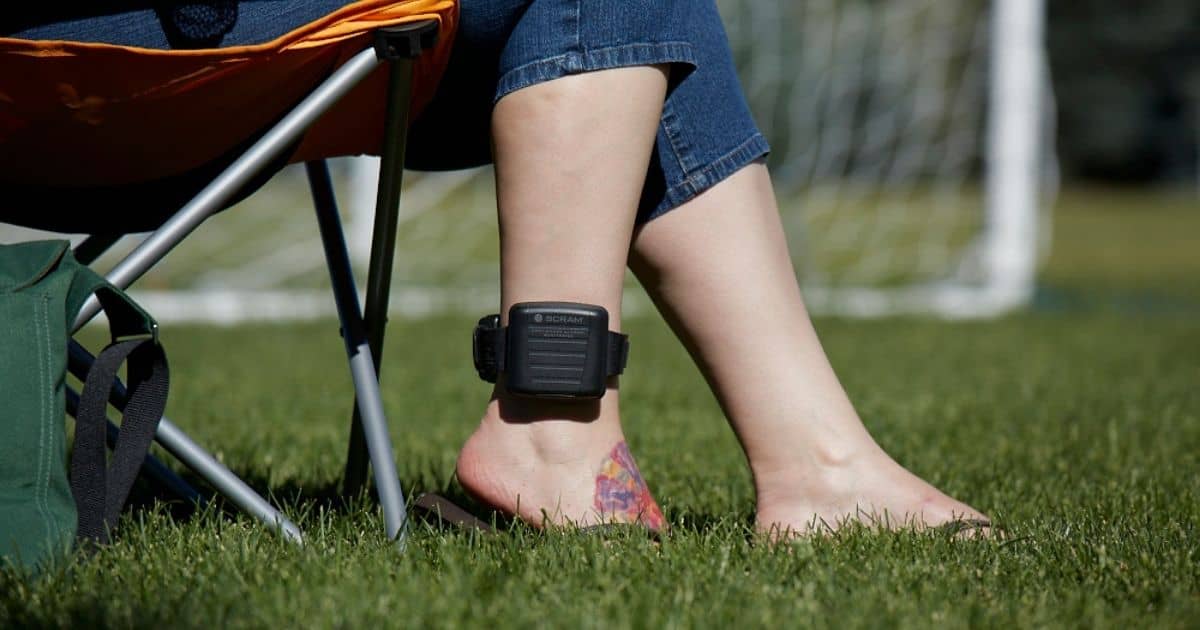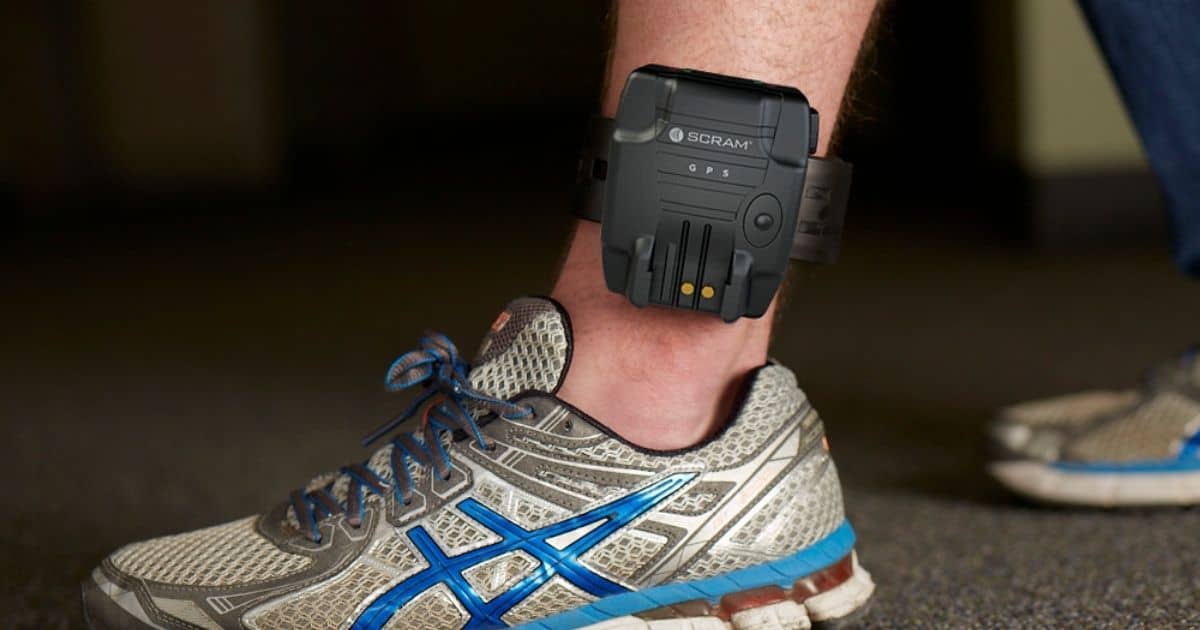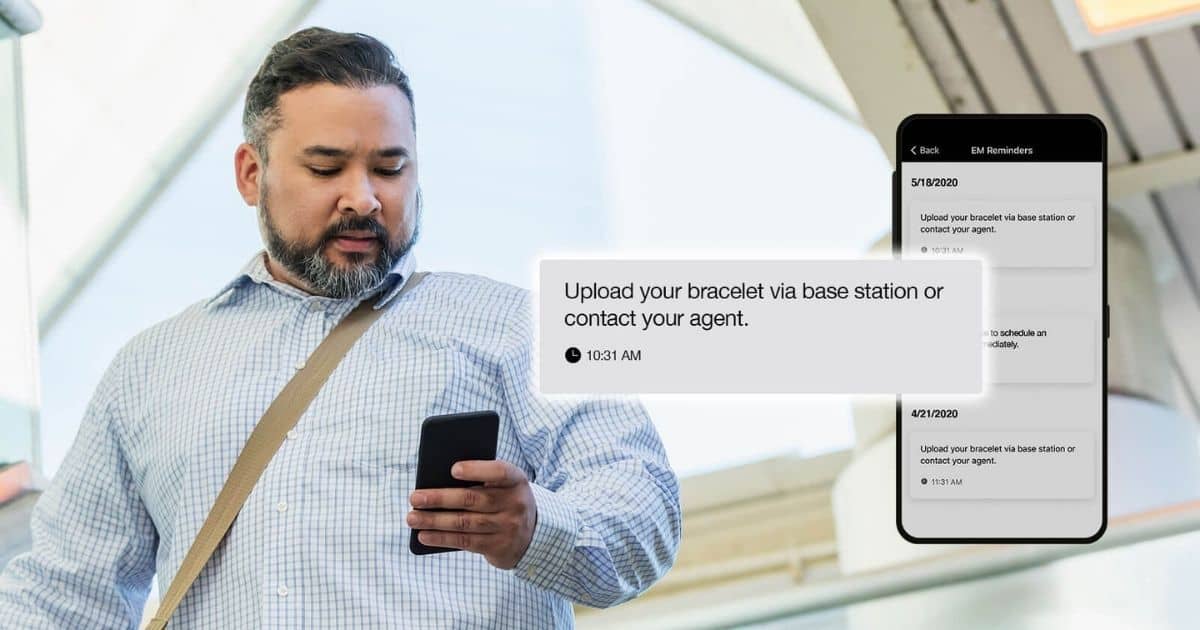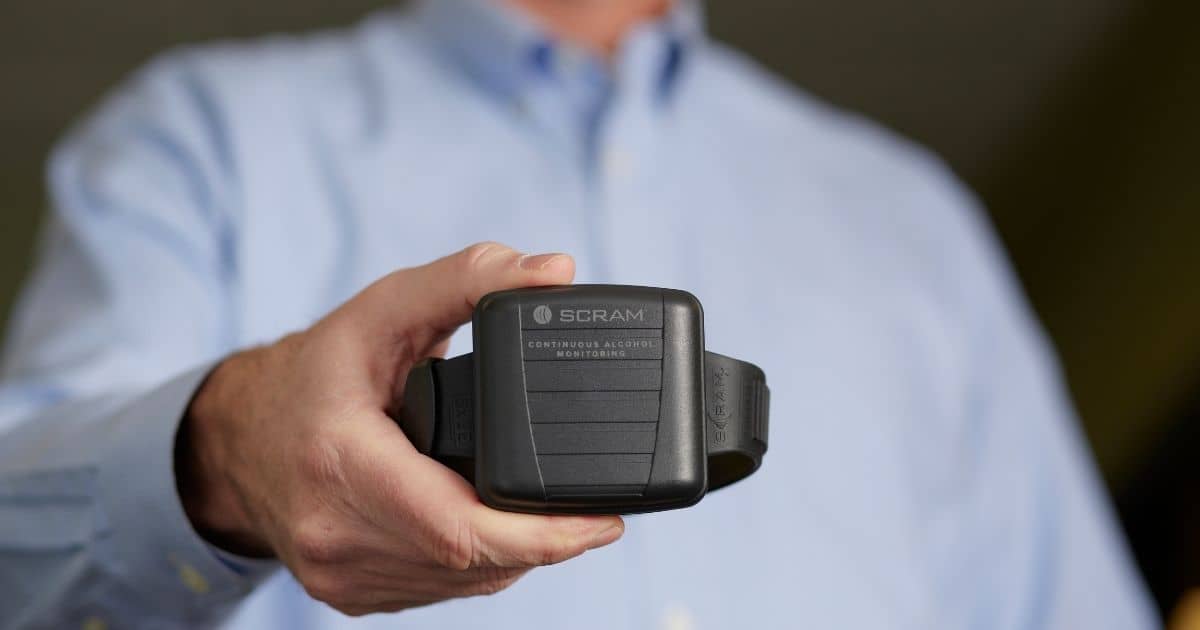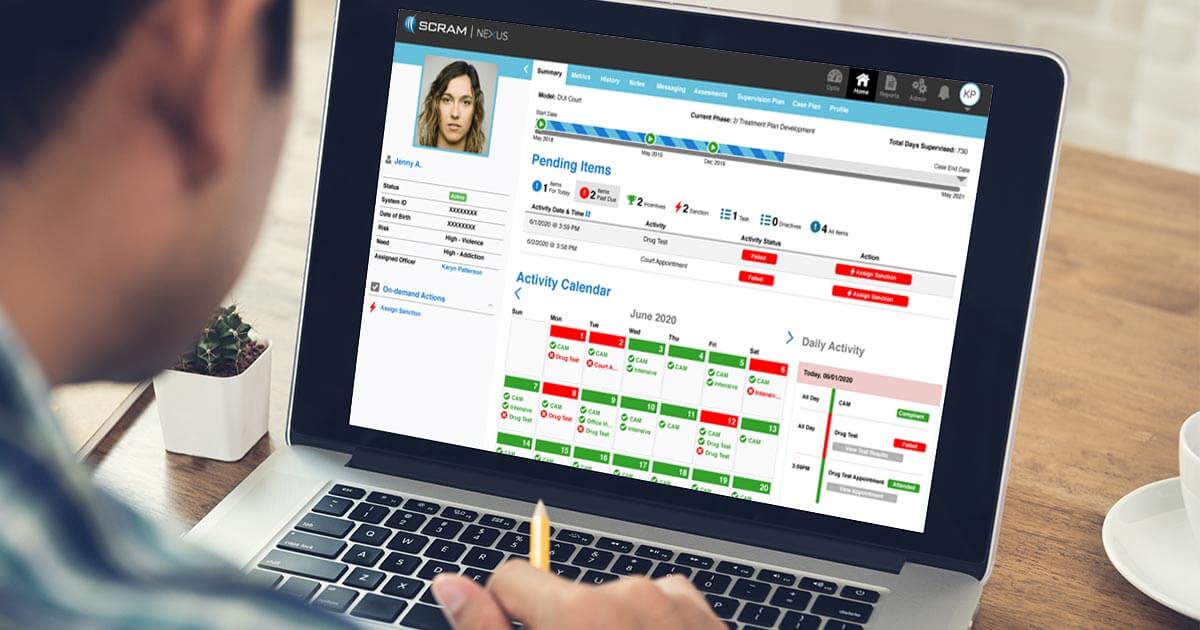
Harness the Power of Data with SCRAM Optix™ Analytics
How can community corrections departments and supervision agencies be sure that their electronic monitoring programs are producing positive results? Without detailed data, officers may not be aware of their programs’ performance and may be making decisions “in the dark”. SCRAM Optix Analytics provides powerful reporting tools so community corrections officers can make insightful decisions to increase program efficiency and client success.

